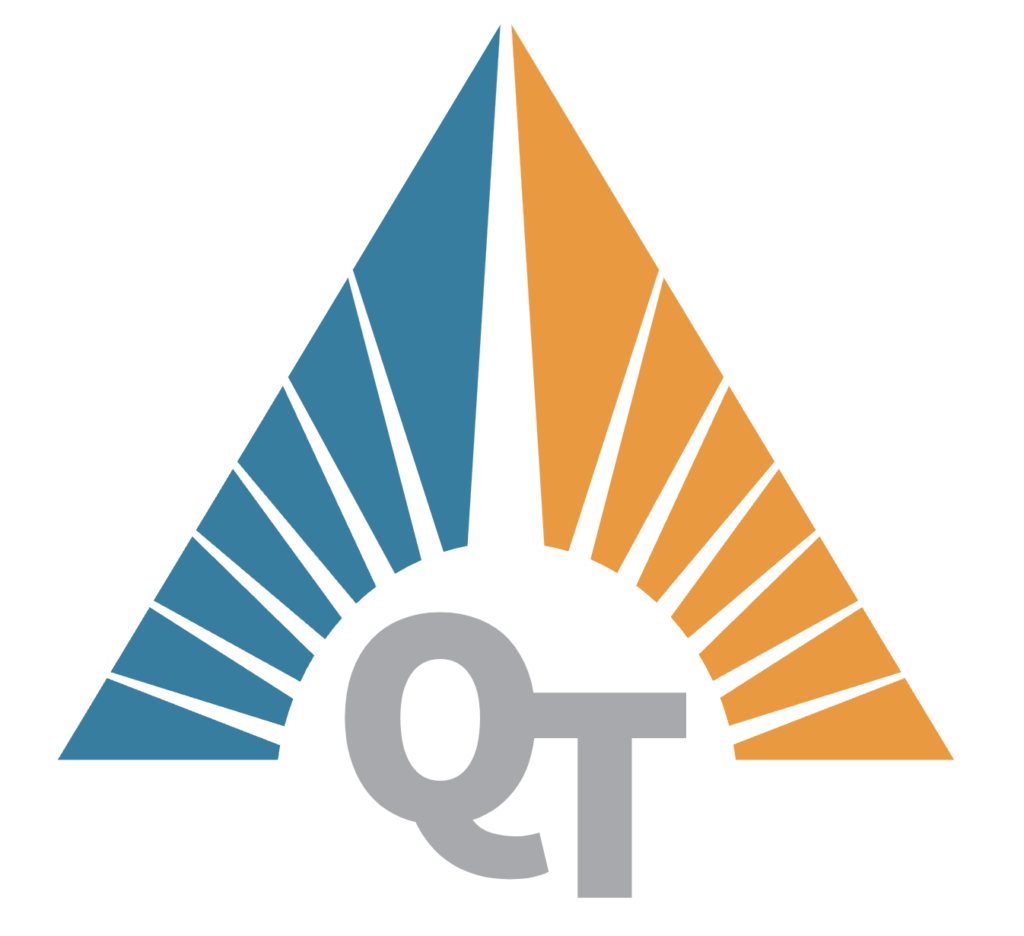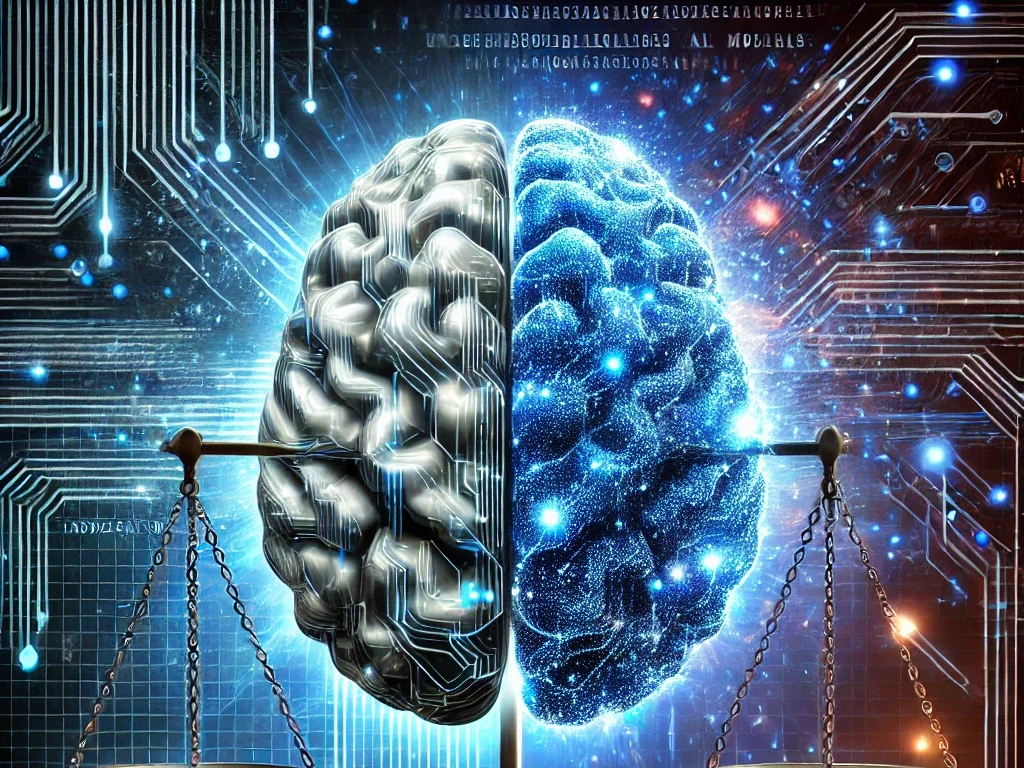As artificial intelligence continues to evolve, a growing number of developers and researchers are exploring the use of uncensored AI models—models that operate without content filters or ethical constraints. While these models can offer unparalleled freedom, they also raise ethical, legal, and safety concerns.
In this blog, we’ll explore the advantages and disadvantages of uncensored AI models, how they are technically uncensored, and the broader implications of their use.
What is an Uncensored AI Model?
An uncensored AI model is a large language model (LLM) or generative AI system that does not have built-in restrictions on content generation. Unlike traditional AI models that have been tuned to avoid harmful, biased, or illegal responses, uncensored models operate with minimal guardrails.
Some of the most well-known AI models, such as OpenAI’s GPT or Google’s Bard, include strict moderation layers to prevent the generation of harmful, controversial, or unethical content. However, open-source models, such as LLaMA, GPT-J, and others, can be modified to remove these restrictions.
Pros of Uncensored AI Models
1. Freedom of Expression
One of the biggest advantages of uncensored AI models is the removal of external moderation that might restrict discussions on controversial or politically sensitive topics. Researchers, journalists, and independent thinkers can use these models to explore uncensored information without algorithmic bias.
2. Useful for Advanced Research and Testing
Developers and AI researchers often need to test how models handle certain types of content—whether it be cybersecurity threats, medical data, or unrestricted language patterns. A censored model might block crucial queries, limiting its usefulness in these domains.
3. No Corporate or Government Censorship
Most mainstream AI models are controlled by large corporations that enforce strict policies on acceptable content. This can lead to biased moderation, where certain viewpoints are suppressed. With an uncensored model, users are in complete control, removing the influence of external entities.
4. Better for Custom AI Applications
Some businesses and developers require fully open AI models to build niche applications, such as:
- AI models for legal or medical research that require access to all types of information.
- AI assistants for security professionals who need detailed cybersecurity threat analysis.
- Custom AI bots that process data without restrictions.
5. Greater Control for the End User
Instead of relying on predefined filters and ethics layers, developers and researchers can decide their own moderation rules, creating tailored solutions that fit their needs.
Cons of Uncensored AI Models
1. Potential for Harmful Content
The primary concern with uncensored AI models is that they can generate harmful or illegal content, such as:
- Hate speech or propaganda.
- Instructions for illegal activities (e.g., hacking, drug manufacturing, etc.).
- Misinformation, deepfakes, or harmful conspiracy theories.
Without moderation layers, there is a significant risk of AI being misused for unethical purposes.
2. Legal and Ethical Liability
Depending on jurisdiction, deploying an uncensored AI model might be legally risky. Many countries have laws that prohibit the generation of specific types of content, and using AI to generate illegal or harmful content could result in liability for developers or users.
3. Risk of Bias and Misinformation
Even censored AI models struggle with bias, but uncensored models are even more vulnerable. Without ethical oversight, these models may propagate misinformation, reinforce existing biases, or generate content that reflects dangerous ideologies.
4. Loss of Safety Controls
Most AI providers implement safety features to prevent models from causing harm. Uncensored models lack these protections, making them more likely to output dangerous recommendations or misinformation.
5. Difficulty in Responsible Deployment
Without an internal content filter, deploying an uncensored model responsibly requires significant manual intervention. Developers need to implement their own moderation mechanisms, which can be complex and time-consuming.
How AI Models Are Made “Uncensored”
Now that we’ve examined the benefits and risks, let’s explore how AI models become uncensored on a technical level.
1. Removing Moderation Layers
Most AI models are trained with moderation layers that filter out inappropriate responses. These layers can be removed by:
- Modifying the fine-tuned datasets to remove restricted behavior.
- Editing the prompt filtering mechanisms in APIs and chat interfaces.
- Overwriting pre-trained weights that enforce specific rules.
2. Bypassing Reinforcement Learning from Human Feedback (RLHF)
Many AI companies use RLHF to fine-tune their models based on human ethical guidelines. By training an open-source model without RLHF, developers can create a system that does not conform to predefined ethical rules.
3. Training on Unrestricted Datasets
One of the key methods of building an uncensored AI model is training it on unfiltered internet data. This means including content that would typically be removed in mainstream AI training datasets.
4. Modifying System Prompts and Guardrails
Even if an AI model has censorship built-in, jailbreaking techniques can be used to override it:
- Using prompt engineering tricks to bypass filters.
- Injecting adversarial inputs that trick the model into revealing restricted content.
- Removing built-in AI guardrails through model fine-tuning.
5. Open-Source Model Editing
Because open-source AI models like LLaMA and GPT-J allow full access to weights and training data, developers can directly modify the neural network’s responses, effectively removing built-in limitations.
The Future of Uncensored AI
The debate around uncensored AI is far from over. While some advocate for unrestricted AI research, others warn of the dangers of uncontrolled AI usage.
Key Considerations for the Future:
- Regulation vs. Freedom: Should governments step in to regulate uncensored AI models, or should open-source development remain unrestricted?
- Ethical Responsibility: Who should be responsible for AI-generated harm—the developers, the users, or both?
- Balancing Safety and Innovation: Can AI be made safer without restricting its potential for research and innovation?
Uncensored AI is a double-edged sword: it empowers users, but also presents ethical dilemmas and risks. As AI continues to evolve, the challenge will be finding the right balance between freedom and responsibility.
Final Thoughts
Uncensored AI models offer immense power and flexibility, but they also introduce serious risks. While they can be used for free speech, research, and innovation, they also have the potential for harm and misuse.
Developers and AI researchers should carefully weigh the pros and cons before deciding to modify or deploy uncensored models.
What’s Next?
- Should AI be completely open-source, or should safeguards be built in?
- What ethical frameworks should be applied to AI development?
- How can we balance privacy, security, and responsible AI usage?
Let’s continue the conversation. What are your thoughts on uncensored AI? Should AI models have built-in ethical guardrails, or should users have full control over what AI can generate? Let us know in the comments!

